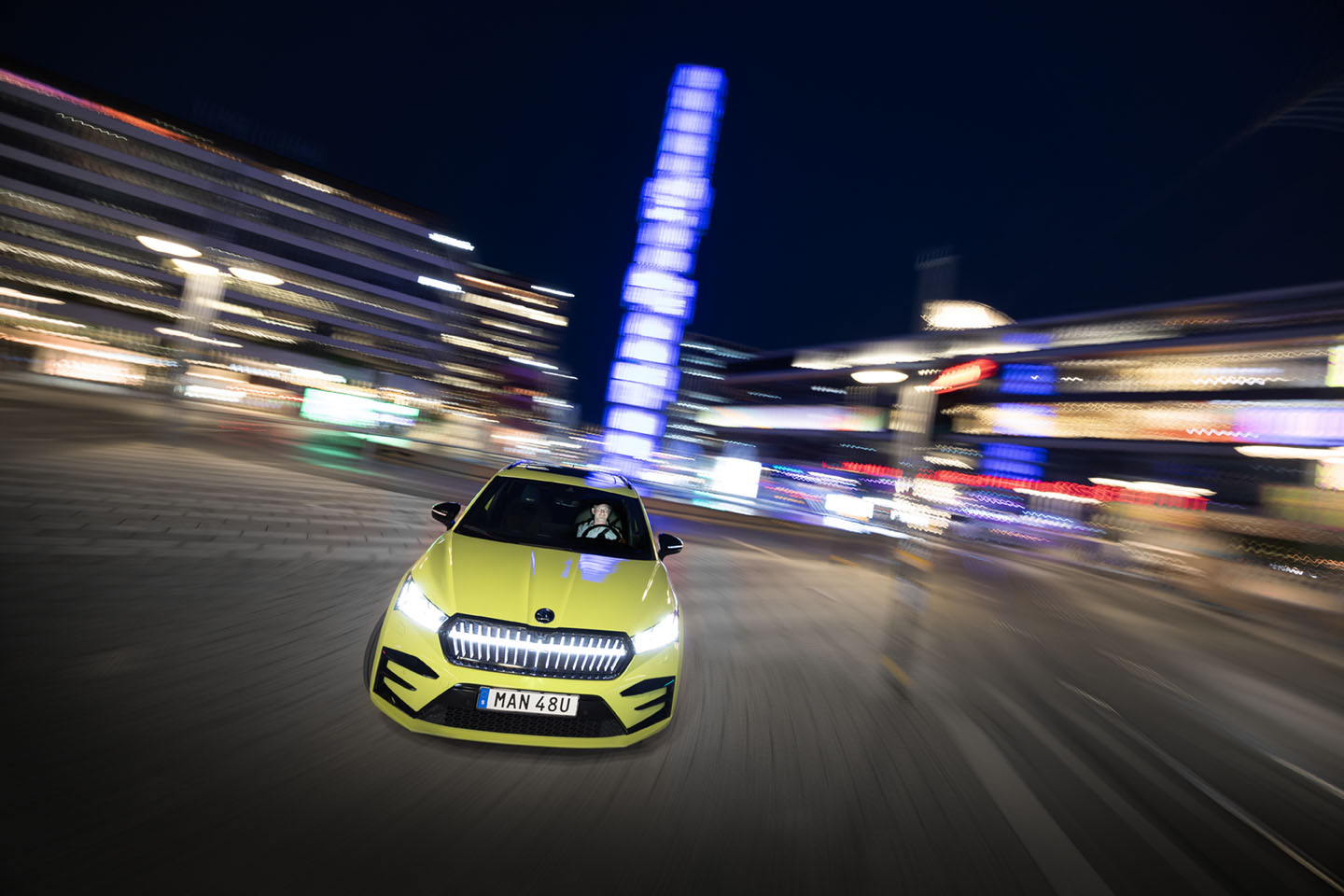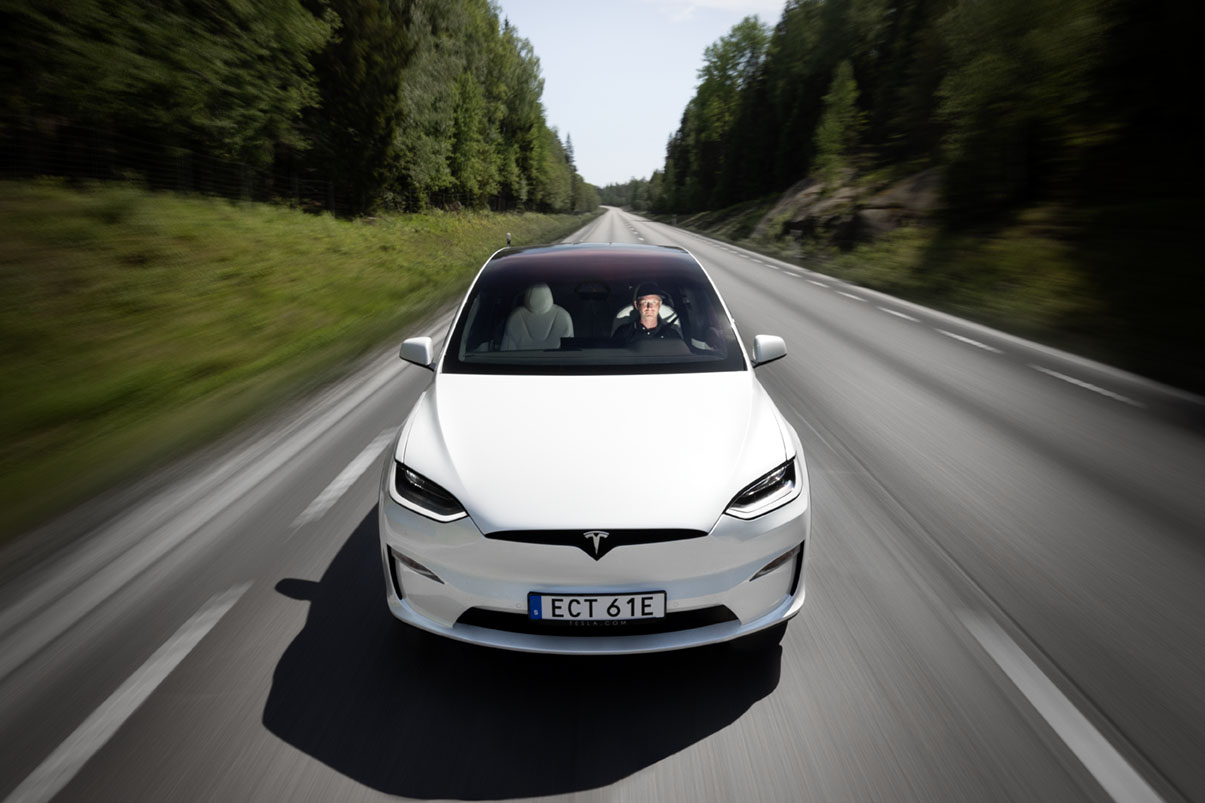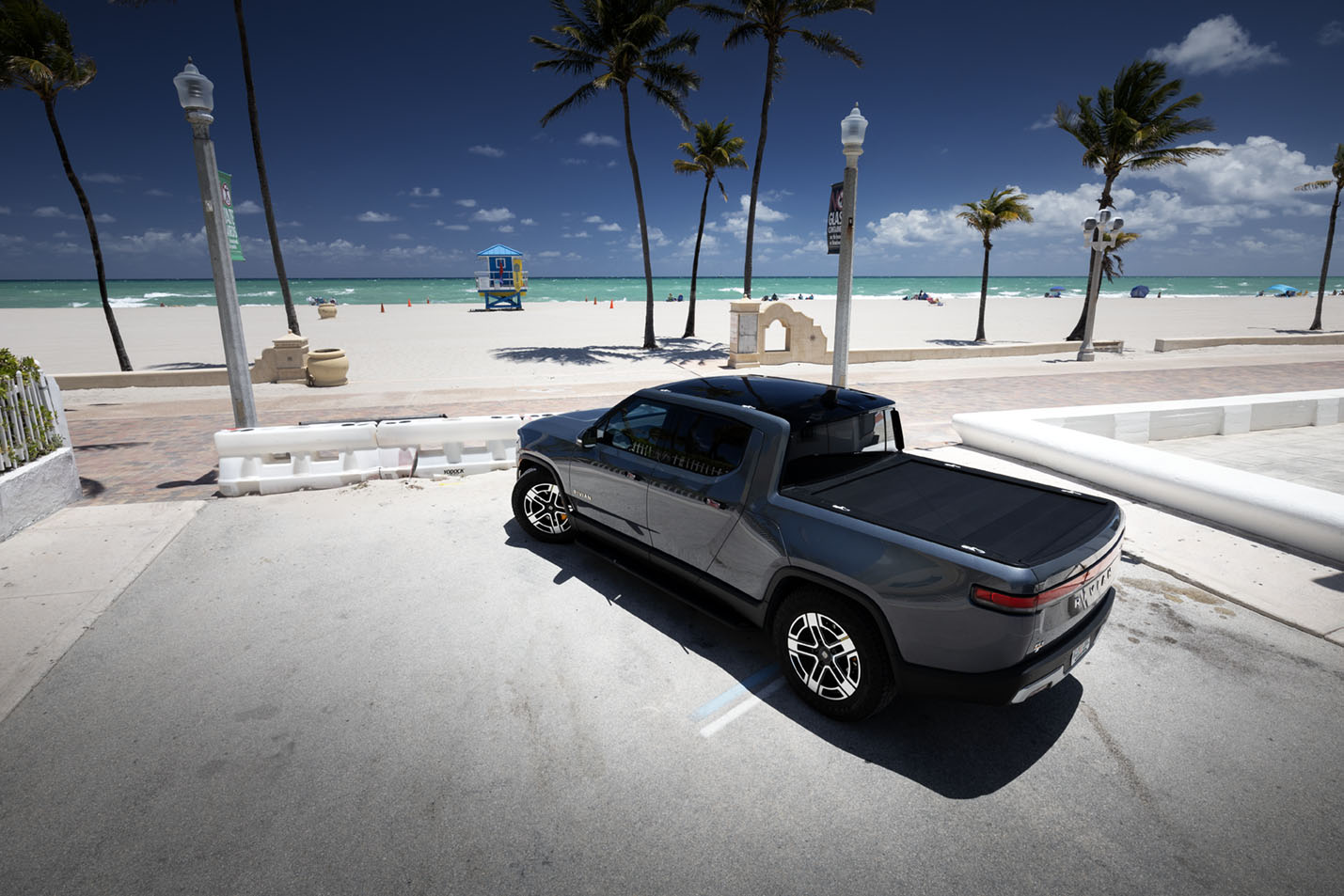The article was originally produced on June 17, 2019, some facts and prices may have changed since then.
How idea and dream turned into action and reality.


To be completely honest and answer why I drive a pickup truck, the answer is not that I drive heavy stones in my job… On the other hand, I frequently use the flatbed of the car when I work as a photographer. The ability to sit on the flatbed and take pictures and quickly get on it to get higher is invaluable to me. But also the security of always knowing that you can get to and from work regardless of the weather or road conditions has become invaluable to me. If you combine these requirements for a car, only one option remains and that is a pickup truck.
Hence my choice. Of course, the fact that it counts as a work vehicle also plays a role and is therefore easier to handle financially for my company. The fact that I then chose to rebuild the cars has simply had to do with the fact that you easily disappear in the crowd if you don’t attract attention. It started with Volkswagen’s pickup Amarok, of which I had four examples. I had been scouting this car for a long time but didn’t really understand the advantages other than that it was very tough.
I received an offer for a discounted Amarok via Volkswagen Sweden
It was both comfortable and spacious and really good even in bad road conditions and terrain. What was missing and was first addressed with my second Amarok was understanding how to get the beefy look.
At first I thought it was enough to get a front arch with extra lights and thicker tires, but it wasn’t that simple. The front bar and lights were provided by the Trucker company, but to solve the problem with larger tires some changes had to be made. The car needed both to be raised and to have larger fender flares so that the tires wouldn’t stick out. Something I didn’t fully understand at first and also never got around to on my first Amarok.
I only understood this when I first saw the company Delta 4×4, and came into contact with OCL Brorssons, who were importers of the Delta 4×4 products. In connection with that, I decided to upgrade to a new Amarok, still four-cylinder but which received an update in the form of new LED headlights in the front. OCL stepped in as a sponsor and helped me rebuild the car with the Delta 4×4 products which included shock absorbers, fender flares, rims and side steps and front arch. The light on my second Amarok came from Amerikanska Vision X and was distributed by RindAB, who I got in touch with in connection with a car show. Results were exactly as I wanted and have seen other Amaroks have.
To really stand out, I chose to foil the entire car according to my own design. A theme inspired by Volkswagen’s WRC car but redesigned so as not to look copied. For this I used the graphic artist and graffiti painter Gorm Boberg from Gothenburg who made the final design of my ideas. The work with the foiling itself was done by Andreas at WrapZone. In my opinion, this was the coolest Amarok I’ve had, which received an incredible amount of attention in various contexts!
I was among the first Swedish customers to get an Amarok V6
What was missing and which was finally updated on the Amaroken was the engine and some other things when it got a 3-liter V6 engine. In addition, I was the first Swedish customer to pick up my Amarok at the factory in Hanover. From there I drove directly down to Delta 4×4 outside Munich where they rebuilt it with the previously mentioned kit.
This time I also updated the hatch for the flatbed with Black Sheep Innovation’s insert, which means you get a couple of smart storage compartments inside the hatch. Immediately when the modifications were finished, I drove up to the Nürburgring and did a couple of laps with the car on the Nordslingan. Without exaggerating, I can say that this was the first Amarok V6 Delta 4×4 edition that then drove at the Ringen.
With the passage of time and especially my last two Amaroks of the then three, I had a consistent problem. When people contacted me with interest and wanted to buy and do similar upgrades to their Amaroks, it was difficult to recommend where and who they could turn to to do this type of work. OCL Brorsson and RindaAB did not actually install their products for the end customer, but it was done especially for me. So when I came into contact with Keltech in Enköping, who had competence for this type of construction, it was a real boost for me.
Now someone could rebuild my cars and at the same time take care of the people who contacted me with the same wishes. A new Amarok V6 was acquired and rebuilt. For various reasons, this build was a disappointment that was not what I had hoped for. Exactly why, however, I will refrain from going into, so as not to mention any names unnecessarily. The most important thing is that it was not about the end result or the car itself, but how the work with foiling and the modifications was managed. Since then, a lot of things have changed and will not need to happen again.




